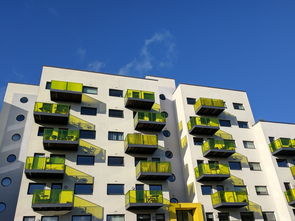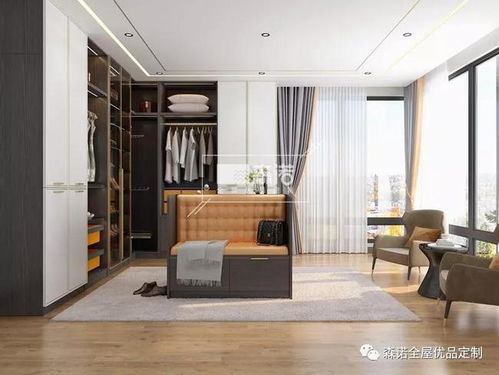Title: A Master Architects Vision: Unveiling the Language of Modern住宅 Architecture
In the realm of contemporary design, where the boundaries of space and functionality blur, I, as a renowned architect, delve into the intricate language of "houses" or "residences" in English. These simple yet profound terms hold the key to understanding the essence of our urban dwellings, where they stand as symbols of modernity and personal expression.
"House," derived from the Old English "hūs," is not just a physical structure; it's a reflection of its inhabitants' lifestyle, their aspirations, and their connection to the environment. My designs often start with the concept of "home" - a place where comfort, sustainability, and technological advancement converge. The English language encapsulates this idea beautifully, with words like "eco-friendly," "smart home," and "energy-efficient" echoing the principles I uphold.
The住宅 (residence) is more than just a shelter; it's a sanctuary that embodies the individual's personality. In my architecture, every room is a chapter in a narrative, with "open-plan living" allowing for seamless transition between public and private spaces. The concept of "flexibility" is reflected in English phrases like "multi-functional rooms" or "convertible spaces," where the house adapts to the changing needs of its users.
The exterior, often referred to as "facade" or "architectural envelope," is an extension of the住宅's personality. A house's "curb appeal" is not only about aesthetics but also about its functionality, as expressed in "solar panels," "green roofs," and "雨水 harvesting systems." These features not only enhance the dwelling's environmental impact but also add a layer of sophistication to its English description.
Moreover, the interior design vocabulary is equally rich. "Natural light," "architectural details," and "materiality" are keywords that describe the sensory experience inside a residence. I believe in using materials that tell a story, from the warmth of "wooden accents" to the sleekness of "glass partitions." These choices contribute to the overall atmosphere and contribute to the home's sense of tranquility.
In conclusion, the English language of residential architecture is a symphony of words that paints a vivid picture of our homes. It reflects our desire for functionality, sustainability, and aesthetic refinement. As a master architect, I am committed to translating these ideas into concrete structures that resonate with the spirit of the times and the dreams of those who inhabit them. The住宅, beyond its four walls, becomes a testament to the power of language and design.










